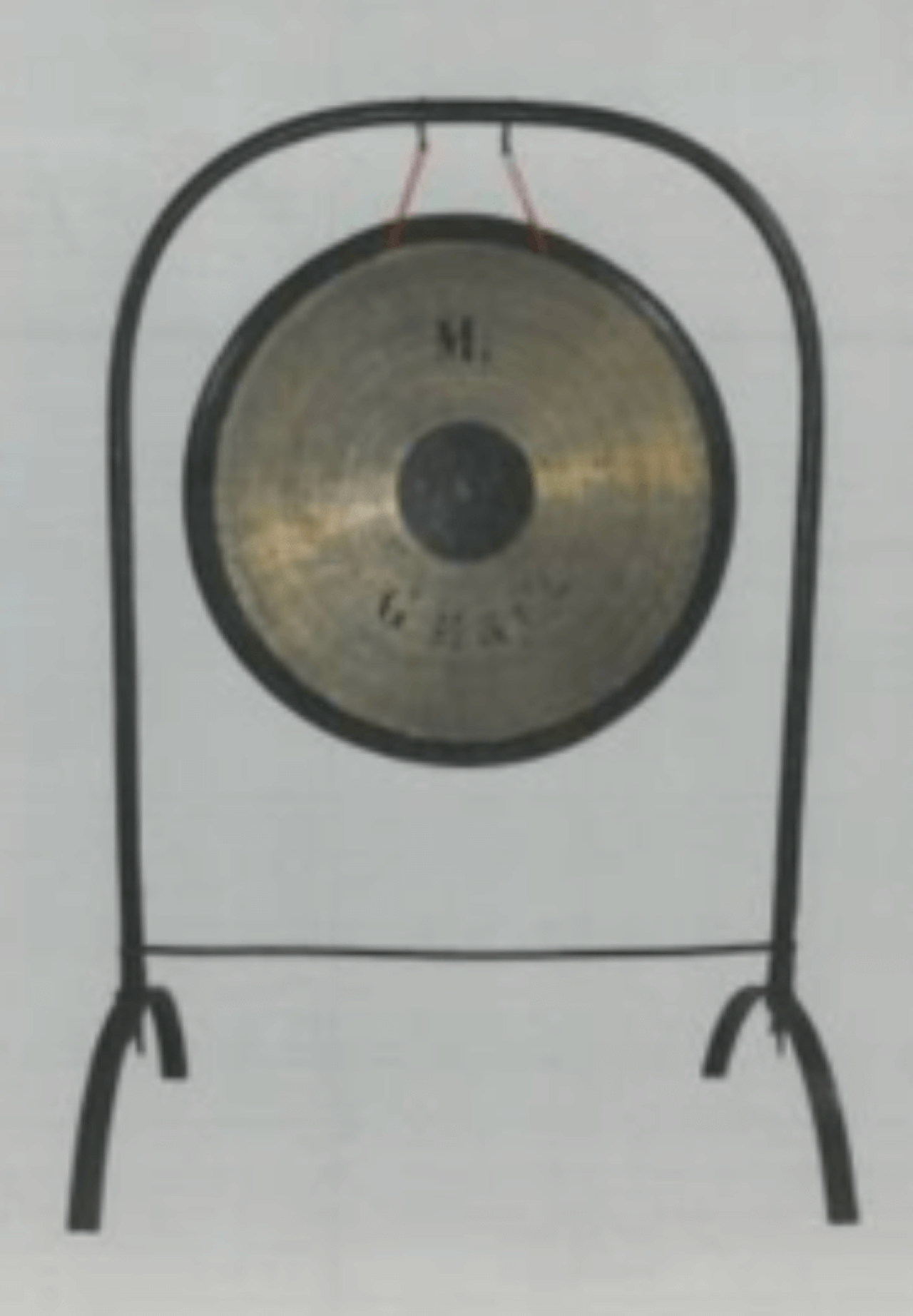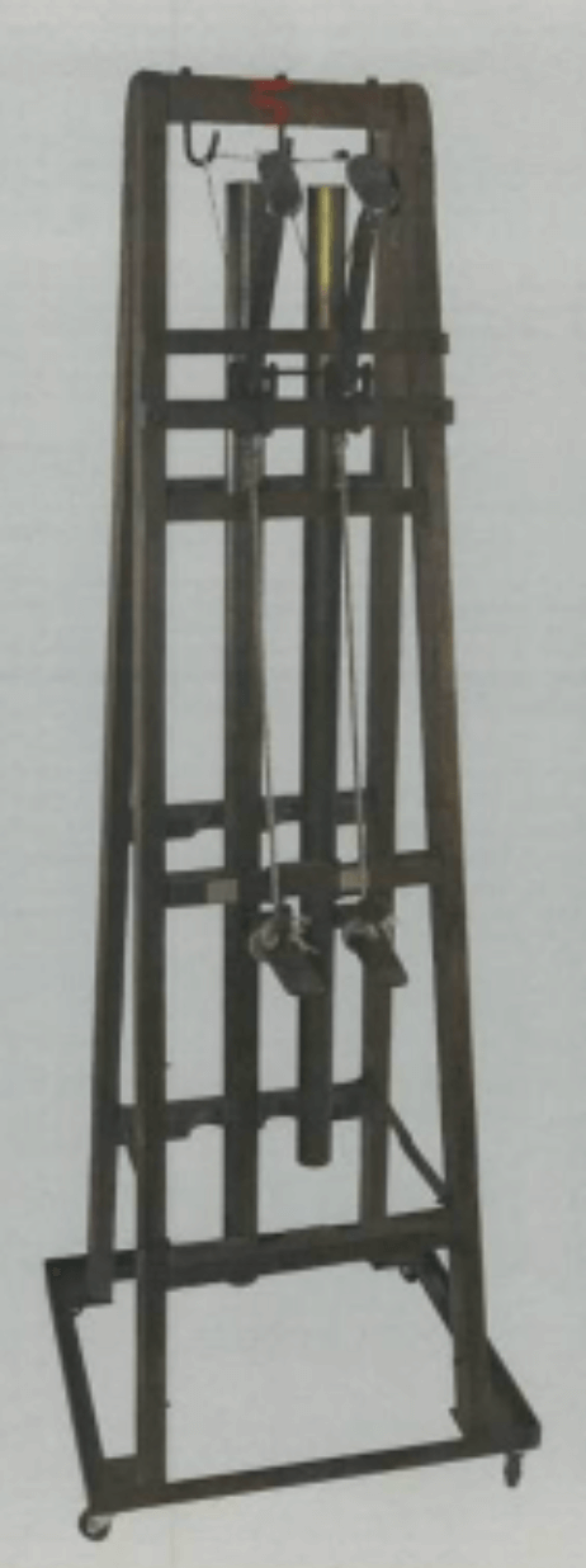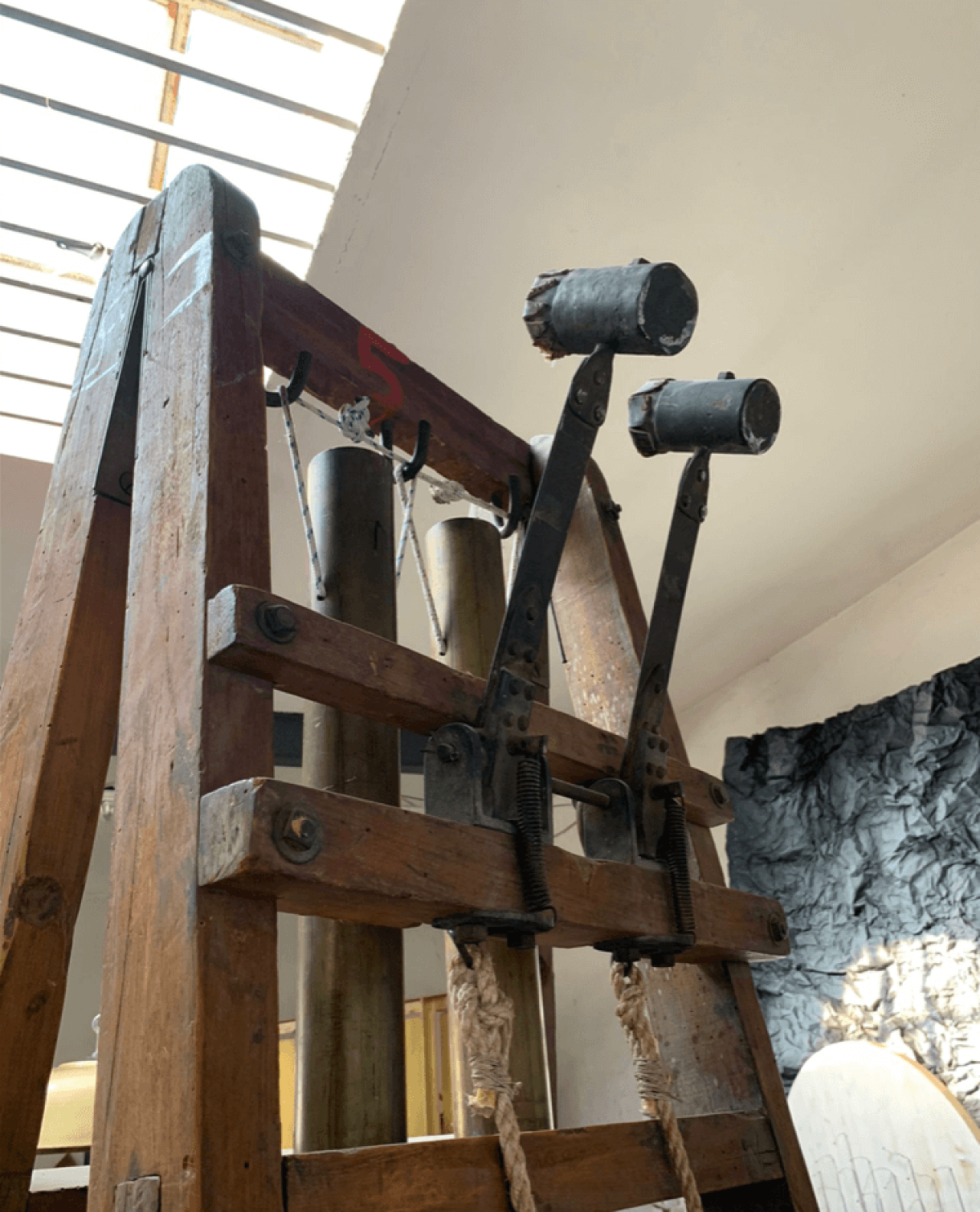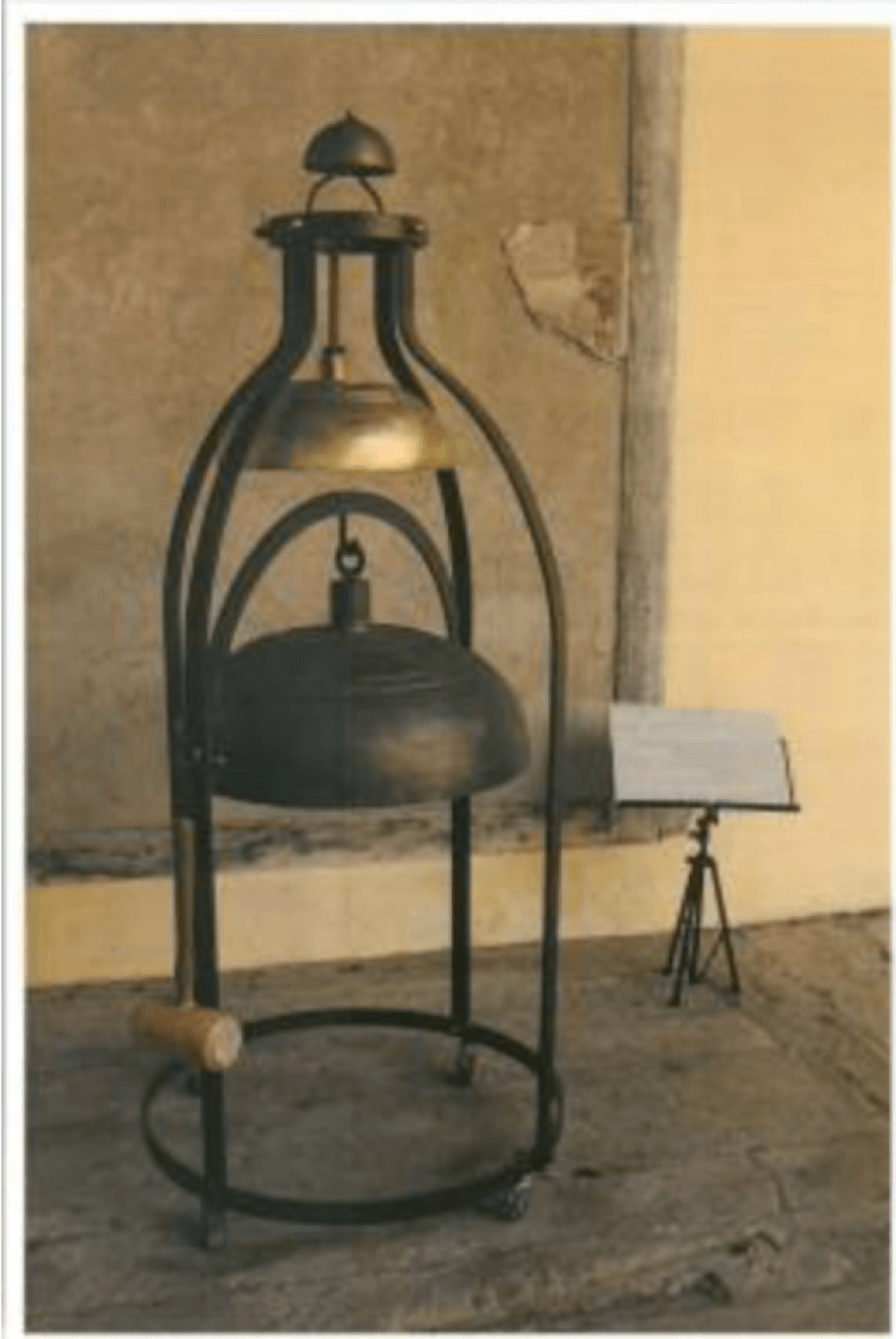The recurring questions concerning the bell scenes in “TOSCA” by Giacomo Puccini are the motivation for my research.
The work in hand shall document (for example):
how the allocation of the bells’ positions on the side stage as well as the backstage of the opera house can be managed -
which relation the individual bells have to the mentioned church names of Rome -
and how a naturalistic sound pattern can be created in the prelude to Act 3
Giacomo Puccini was very intensively dealing with the realization of the bell scenes
of the first and the third act during the time of creation of his opera “TOSCA”.
This is substantiated by authentic statements by Puccini and the reports linked to them and comments from his environment.
Giacomo Puccini:
“... I really wanted to know how the church bells really sound,
so I travelled to Rome and sat for several days on the steps of the fountain
in front of the Saint Peter's Basilica in order to listen to the bells ...
The largest one (the lowest pitched bell of the Basilica di San Pietro) is tuned to E. I carried music paper with me and recorded the sound of the bell ...”
Prior to this statement by Puccini, however, the determination of the tone E was apparently not yet certain, as can be gathered from the book “Il pretino di Puccini” by Petro Panichelli:
“... that torn, indistinct, confused, intangible sound of the great bell of St. Peter’s ...”
Nowadays we know from the analysis of the bell foundry Grassmayr in Innsbruck that the large bell of St. Peter’s is certainly tuned to the tone E.
Quote Peter Grassmayr: “...The bell is a so called septim-bell, it has a different not so harmonic inside harmony than an octave-bell...”
While writing the third act, Puccini merely wanted to express with the notation
of the bell E in the contra octave that the lowest possible available bell instrument should be used.
This he apparently found at the family business Tronci in Pistoia, which manufactured instruments like bells, gongs and tam-tams used by composers like Mascagni, Verdi and Rossini as well as by Puccini.
Quote from Maestro Luigi Tronci:
“... in his scripts and scores we read that he had three types of instruments built that relate to Tosca ...”
Regarding the particular gravity of the notated contra E and Puccini's desire for a deep, powerful and mournful sound, Luigi Tronci further reports:

" ... a kind of gong with the edge pointing upwards, comes closest to the master's idea. He wanted the tone to be a low E and to resemble the ringing of the great bell of St. Peter's...".
The originally so-called “Tam-Tam Bell” (Ø 70 cm) hangs in an iron arched stand and is stamped Casa Ricordi, since the publisher later rented this instrument to various theatres in addition to the orchestral material for “TOSCA”.
The tubular bells specially made for the “TOSCA” were about three meters high and 10 cm thick. Of these and other instruments from the time of the premiere,
a wooden frame on wheels with two tubular bells suspended from it and a striking mechanism that moved two hammers via cables still exist. In addition to the player, another percussionist was needed to dampen the tubular bells.


In addition to the "Tam Tam Bell" and the tubular bells mentioned above, today the collection of the Fondatione Luigi Tronci in Pistoia also includes a rack of large singing bowls (copy of the original from the Teatro alla Scala).

Furthermore, the Fondatione has a library and an archive with original documents
of writings and correspondences of famous composers.
In his writings, Puccini indicated in which part of the scene the instruments should be placed, conducted tests himself, and also relied on the opinion of bell experts.
Many more details, the description of the acts, many figures and position sketches can be found in the complete PDF file as a free download.